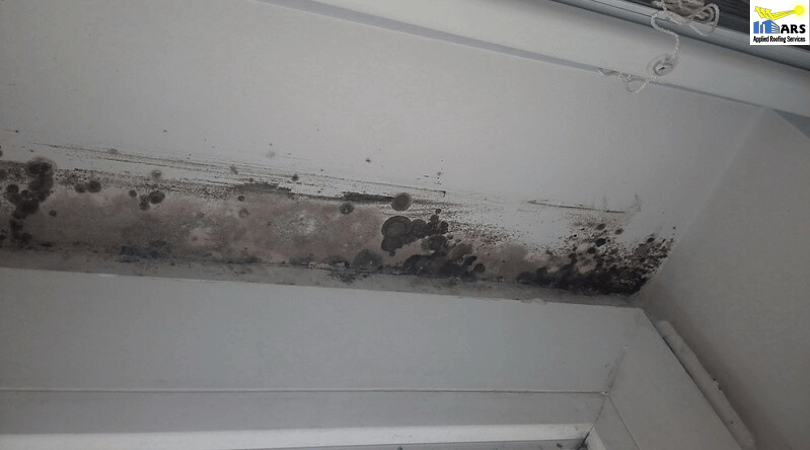Brown spots on the ceiling can be a cause for concern, signaling potential issues within your home. In this informative guide, we’ll delve into the mysteries of “Brown Spot On Ceiling,” exploring the various causes, prevention strategies, and effective solutions to restore the pristine look of your ceiling.

Understanding Brown Spots on Ceiling
1. Water Damage: The Silent Culprit
Brown spots on the ceiling are often a telltale sign of water damage. Leaky roofs, plumbing issues, or condensation can introduce water into your ceiling, causing discoloration over time. Identifying the source of the water is crucial for effective remediation.
2. Mold and Mildew Infestation
Excessive moisture can create an ideal environment for mold and mildew growth. Brown spots on the ceiling may indicate the presence of these harmful fungi. Addressing the moisture issue and implementing proper ventilation can help eliminate mold-related problems.
3. Stains from Smoke or Cooking Residue
In areas close to kitchens or fireplaces, brown spots may result from smoke or cooking residue accumulating on the ceiling. Regular cleaning and proper ventilation are key to preventing these unsightly stains.
Strategies for Identifying the Root Cause of Brown Spots On Ceiling
Determining the underlying cause of brown spots is crucial for effective remediation. Here are strategies to pinpoint the root cause:
1. Thorough Inspection
Conduct a detailed inspection of the affected area. Check for visible signs of water leaks, such as stains, dampness, or discoloration. Look for any plumbing issues, roof damage, or gaps in sealing that may contribute to water intrusion.
2. Monitoring Moisture Levels
Invest in a moisture meter to assess the moisture levels in and around the brown-spotted area. Elevated moisture levels can confirm the presence of a leak or excessive humidity, guiding you toward the appropriate corrective measures.
3. Seeking Professional Assistance
If the cause remains elusive, it’s advisable to seek the expertise of professionals. Roofing specialists, plumbers, or water damage restoration professionals can conduct thorough assessments and provide targeted solutions.
Effective Solutions
1. Repairing Leaks and Sealing Gaps
Addressing the source of water intrusion is paramount. Whether it’s a leaking roof, damaged plumbing, or inadequate sealing, prompt repairs are essential to prevent further damage and eliminate brown spots.
2. Mold Remediation
If mold or mildew is identified as the cause, effective remediation is necessary. This involves thorough cleaning, applying mold-killing solutions, and improving ventilation to discourage future growth.
3. Repainting and Stain Blocking
Once the root cause is resolved, repainting the affected area becomes the final step. Choose a high-quality paint with stain-blocking properties to ensure a smooth and uniform finish, effectively concealing any remnants of the brown spots.
Read too: Unveiling the Causes and Solutions for the Persistent Issue of “Crack Along Ceiling And Wall” in Your Home
Preventive Measures for Brown Spots On Ceiling
1. Regular Maintenance Checks
Perform routine checks of your roof, plumbing, and ceiling for any signs of wear, damage, or potential issues. Timely identification and repair can prevent brown spots from developing.
2. Proper Ventilation
Ensure adequate ventilation in areas prone to moisture, such as kitchens and bathrooms. Exhaust fans and proper airflow help prevent the accumulation of smoke or cooking residue, reducing the likelihood of stains.
3. Applying Waterproof Sealants
In areas susceptible to water intrusion, consider applying waterproof sealants. This additional layer of protection can safeguard your ceiling from potential leaks and stains.
Conclusion: Navigating the Journey to a Spotless Ceiling
In conclusion, brown spot on the ceiling are not just cosmetic issues; they often signal underlying problems that demand attention. By understanding the various causes, employing effective identification strategies, and implementing targeted solutions, you can restore your ceiling to its pristine condition. Regular maintenance, preventive measures, and swift action in the face of brown spots will ensure the longevity and beauty of your home’s ceilings. Say goodbye to unsightly stains and hello to a spotless, well-maintained living space.

